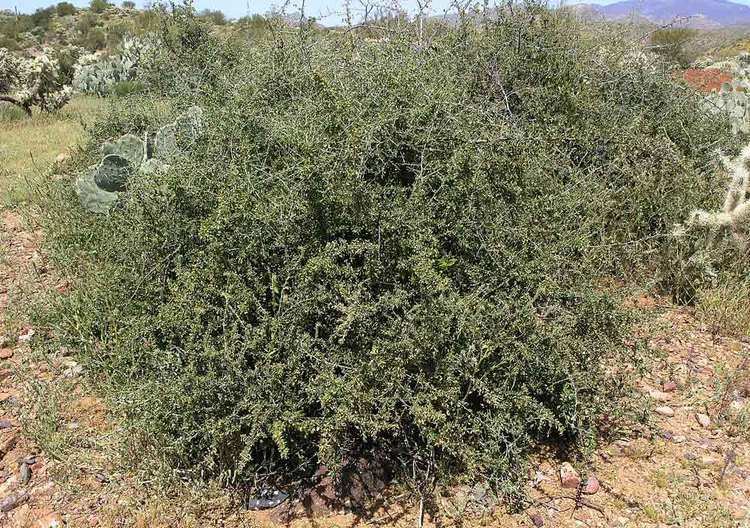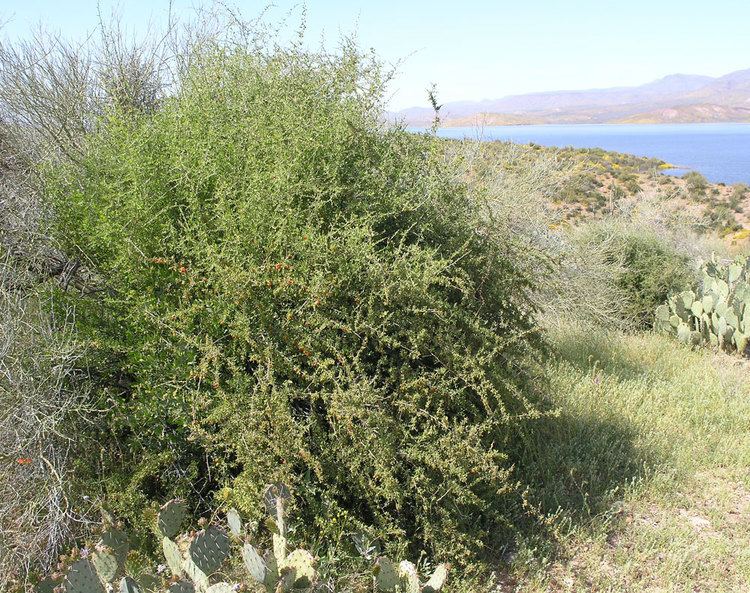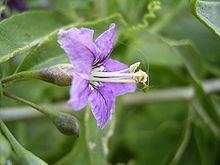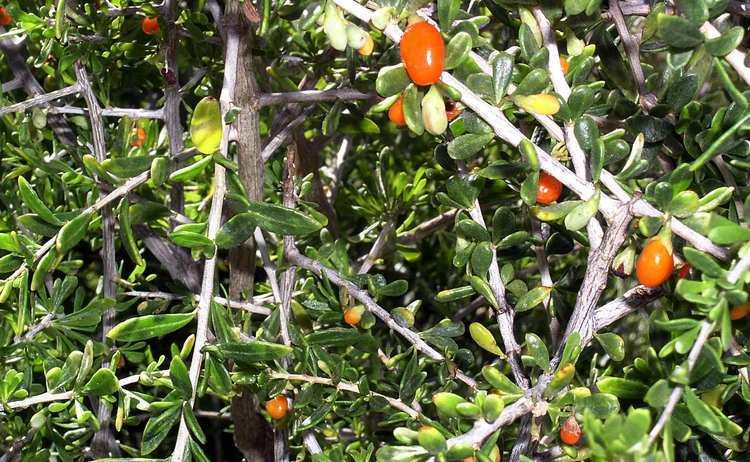Kingdom Plantae Scientific name Lycium Rank Genus | Higher classification Nightshade | |
 | ||
Lower classifications Matrimony vine, Lycium europaeum, Lycium ferocissimum, Lycium andersonii, Lycium fremontii | ||
Black goji black wolfberry lycium ruthenicum plant profile ninja gardening episode 23
Lycium is a genus of flowering plants in the nightshade family, Solanaceae. The genus has a disjunct distribution around the globe, with species occurring on most continents in temperate and subtropical regions. South America has the most species, followed by North America and southern Africa. There are several scattered across Europe and Asia, and one is native to Australia.
Contents
- Black goji black wolfberry lycium ruthenicum plant profile ninja gardening episode 23
- Why do my goji berries not bear fruit wolfberry lycium barbarum
- Description
- Uses
- Ecology
- Selected species
- Formerly placed here
- References

The generic name is derived from the Greek word λυκιον (lycion), which was applied by Pliny the Elder (23-79) and Pedanius Dioscorides (ca. 40-90) to a plant known as dyer's buckthorn. It was probably a Rhamnus species and was named for Lycia, the province in which it grew. Common names for the genus include box-thorn', desert-thorn, wolfberry, אטד aTaD (Hebrew), and gharqad (Arabic).

There are about 70 to 80 species.
Why do my goji berries not bear fruit wolfberry lycium barbarum
Description

Lycium are shrubs, often thorny, growing 1 to 4 meters tall. The leaves are small, narrow, and fleshy, and are alternately arranged, sometimes in fascicles. Flowers are solitary or borne in clusters. The funnel-shaped or bell-shaped corolla is white, green, or purple in color. The fruit is a two-chambered, usually fleshy and juicy berry which can be red, orange, yellow, or black. It may have few seeds or many. Most Lycium have fleshy, red berries with over 10 seeds, but a few American taxa have hard fruits with two seeds.

While most Lycium are monoecious, producing bisexual flowers with functional male and female parts, some species are gynodioecious, with some individuals bearing bisexual flowers and some producing functionally female flowers.
Uses
Lycium has been known to European herbalists since ancient times, and species were traded from the Far East to Europe by the Romans, for example via Ariaca and the port of Barbarikon near today's Karachi, as mentioned in the Periplus of the Erythraean Sea. In his Naturalis historia, Pliny the Elder describes boxthorn as a medicinal plant recommended as a treatment for sore eyes and inflammation, as does Pedanius Dioscorides in his P. Dioscoridae pharmacorum simplicium reique medicae.
Boxthorn (Hebrew אטד 'aTaD) is mentioned in the biblical Book of Proverbs as besetting the paths of the wicked (Proverbs 22:5). In his 1753 publication Species Plantarum, Linnaeus describes three Lycium species: L. afrum, L. barbarum, and L. europaeum.
Lycium, particularly L. barbarum, have long been used in traditional Chinese medicine to treat conditions such as male infertility. The leaves and roots of other species of Lycium, more notably L. europaeum, when mixed with water, have been used in folk medicines to treat skin rashes and in promoting hair growth. The fruit of L. barbatum and L. chinense, known as Goji, has become popular in western cultures for its supposed promotion of weight loss and general longevity. The Chinese tonic Fructus Lycii (Gou-Qi-Zi) is made of the fruit of any of several Lycium species, and is used as a supplement, especially for eye health.
Ecology
Lycium species mostly occur in arid and semi-arid climates, and a few are known from coastal zones in somewhat saline habitat types.
Invasive species include L. ferocissimum, which was introduced to Australia and New Zealand and has become a dense, thorny pest plant there. It injures livestock, harbors pest mammals and insects, and displaces native species.
Selected species
Species include:
